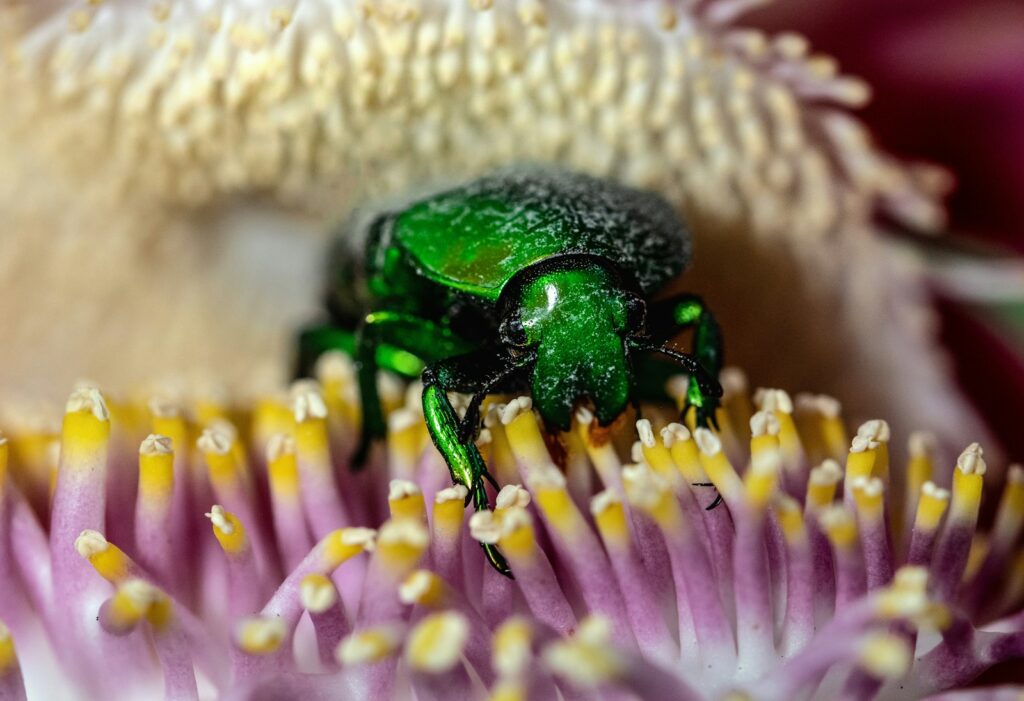Beetles have become increasingly popular as unconventional pets, captivating enthusiasts with their diverse forms, fascinating behaviors, and relatively straightforward care requirements. However, proper handling techniques are crucial to ensure these invertebrates remain healthy and stress-free. Unlike more traditional pets that may seek human interaction, beetles experience the world primarily through chemical and tactile cues, making our handling practices extremely important to their wellbeing. Whether you’re a seasoned coleopterist or a newcomer to beetle keeping, understanding how to interact with these remarkable creatures compassionately can lead to a more rewarding experience for both you and your six-legged companions.
Understanding Beetle Stress Responses
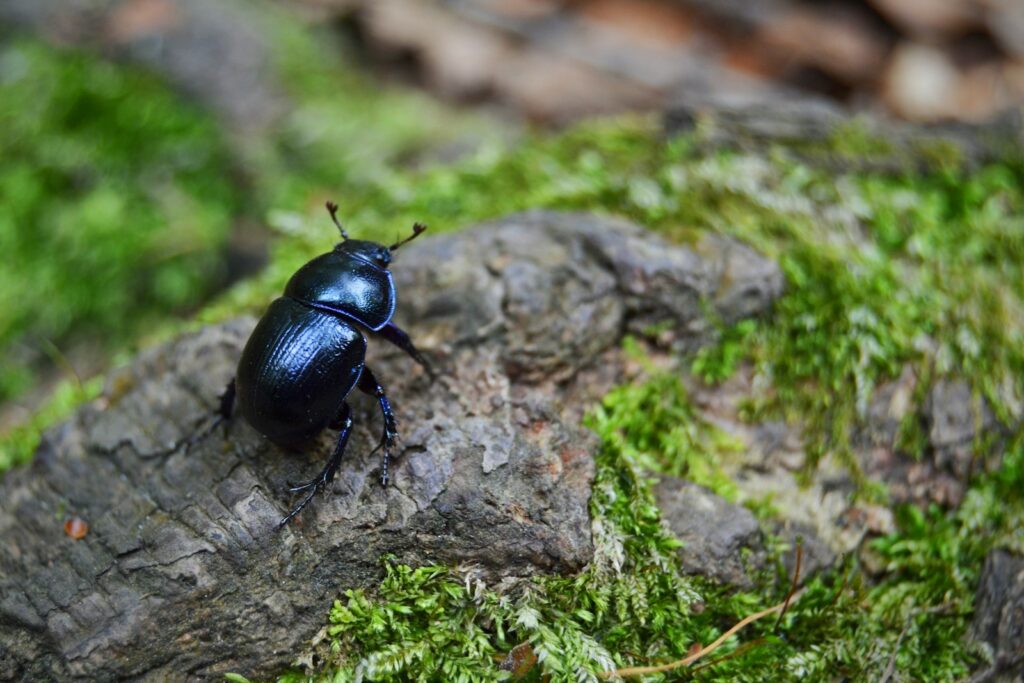
Beetles communicate distress through several observable behaviors that responsible keepers should recognize. When stressed, many species will freeze in place, play dead (thanatosis), or attempt rapid escape movements that can potentially lead to injury. Some defensive beetles might release unpleasant odors, regurgitate digestive fluids, or even deploy chemical defenses like formic acid. Learning your specific beetle species’ natural stress responses is fundamental to minimizing handling-induced anxiety. Regular observation of your beetles in their habitat will help you establish a baseline for normal behavior, making stress signals easier to identify when they occur.
Creating an Appropriate Pre-Handling Environment
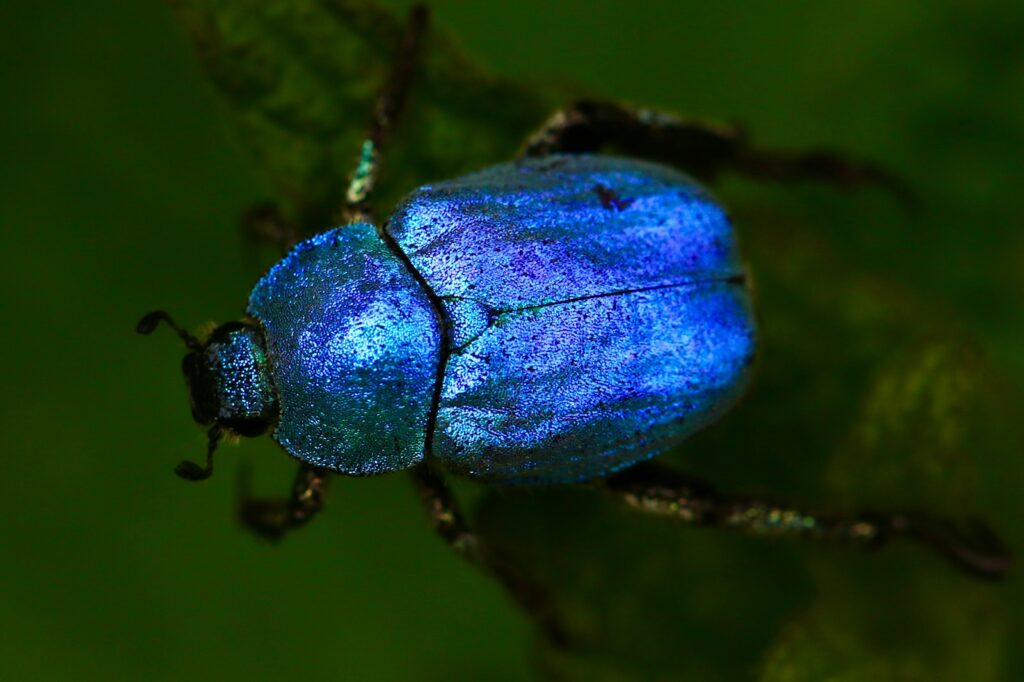
Before attempting to handle your pet beetles, ensuring their environment is optimized can significantly reduce stress during interactions. Maintain proper temperature and humidity levels according to your specific beetle species’ requirements, as environmental discomfort can make beetles more defensive and less amenable to handling. Timing is equally important—avoid handling beetles during their inactive periods or immediately after feeding when digestion demands energy. The habitat should provide adequate hiding spots and substrate that allows natural behaviors, giving beetles a sense of security that translates to calmer responses during handling sessions. Finally, approach the enclosure gently without casting shadows or making sudden movements that might trigger defensive responses.
The “Cup and Lift” Technique

The “cup and lift” method is widely regarded as the least stressful approach for handling most beetle species. This technique involves gently placing cupped hands beneath the beetle and allowing it to walk onto your palm voluntarily, rather than pinching or grasping the insect directly. For particularly skittish species, you can guide them onto your hand by placing a gentle barrier with your other hand to redirect their movement. Once the beetle is comfortably positioned on your palm, keep your hand flat and steady to provide a stable surface. This method respects the beetle’s natural movement patterns and minimizes the risk of triggering stress responses or defensive behaviors.
Using Appropriate Handling Tools

For beetles that prove challenging to handle directly, specialized tools can provide a stress-reducing alternative. Soft-bristled paintbrushes can gently guide movement without direct contact, while featherweight entomological forceps (designed specifically for insect handling) can provide gentle support when absolutely necessary. Small plastic spoons or spatulas can serve as platforms for beetles to climb onto voluntarily, creating distance between human fingers and sensitive beetle bodies. When using any tool, movements should be slow, deliberate, and minimal, always allowing the beetle to adjust to each new position. Remember that even the gentlest tools should be used sparingly, as most beetles benefit from minimal intervention in their daily activities.
Species-Specific Handling Considerations
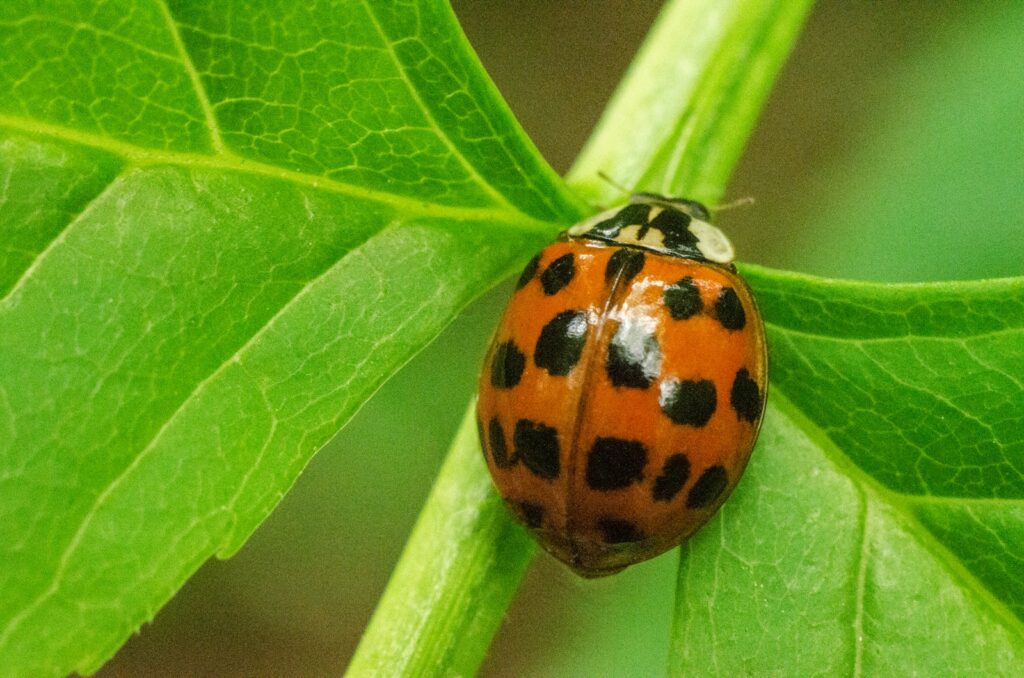
Different beetle families require tailored handling approaches based on their unique physiologies and behaviors. Hercules beetles and rhinoceros beetles, with their impressive horns, should never be handled by these appendages despite how convenient they might seem as “handles.” Stag beetles possess powerful mandibles and should be approached with particular caution to avoid stress-induced biting responses or self-injury. Darkling beetles often play dead when stressed, requiring patience during handling until they resume normal activity. Flower beetles typically tolerate gentle handling better than most species but still benefit from minimal contact. Research your specific beetle species thoroughly, as seemingly minor variations in anatomy can necessitate significant differences in handling protocols.
The Importance of Clean Hands
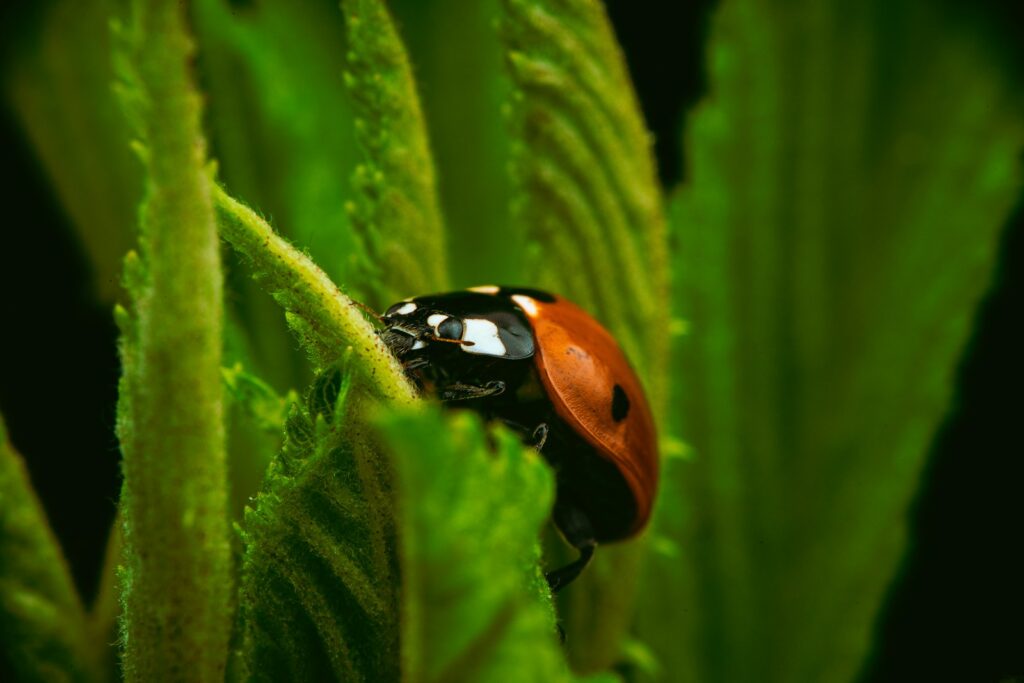
Maintaining scrupulously clean hands before handling beetles is non-negotiable for several important reasons. Residues from soaps, lotions, foods, or other substances can transfer harmful chemicals to a beetle’s exoskeleton or be inadvertently ingested during their natural grooming behaviors. Human skin oils can potentially interfere with the waterproofing properties of a beetle’s cuticle, particularly in smaller species. Washing hands with unscented soap and rinsing thoroughly removes potential contaminants, while ensuring hands are completely dry before handling prevents moisture transfer that could affect the beetle’s respiratory system. Some keepers prefer to use powder-free nitrile gloves for handling, which eliminates transfer concerns while still providing tactile sensitivity.
Reading Beetle Body Language
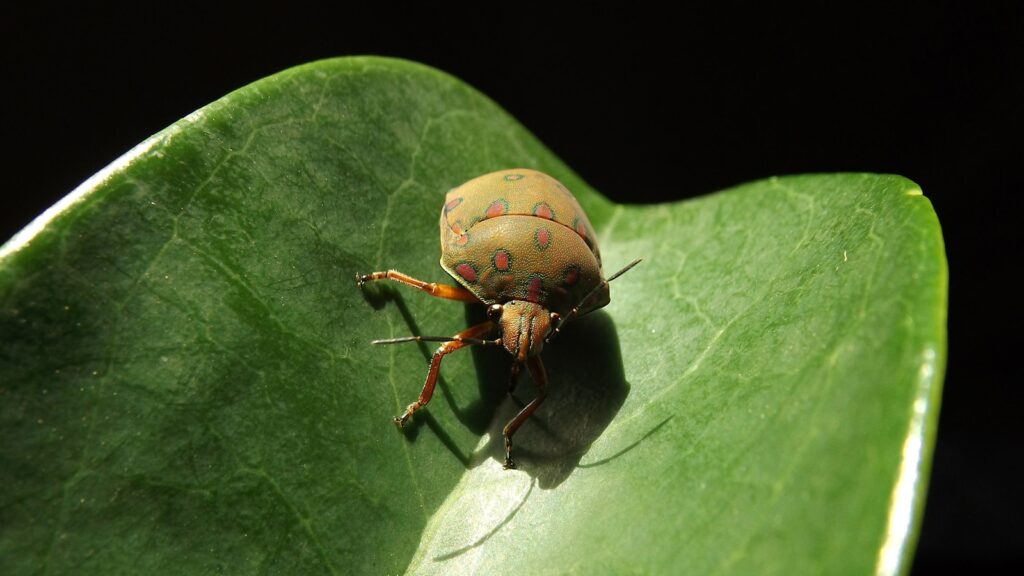
Learning to interpret subtle beetle behaviors can dramatically improve handling experiences by allowing you to respond appropriately to early signs of stress. Rapidly vibrating antennae often indicate heightened awareness or potential distress, signaling a need for greater caution. Beetles that repeatedly lift their legs without moving forward may be experiencing an uncomfortable surface temperature or texture. Tucking the head beneath the thorax is a defensive posture in many species that suggests the beetle feels threatened. When handling beetles, continuous assessment of these cues allows you to adapt your approach in real-time, potentially ending a session before significant stress develops.
Limiting Handling Duration

One of the most effective stress-reduction strategies for pet beetles is simply minimizing the time spent handling them. Even with perfect technique, handling represents an unnatural situation that most beetles will tolerate rather than enjoy. Initial handling sessions should last no more than 1-2 minutes, gradually extending only if the beetle shows consistent comfort with the process. Watch for signs of increasing stress like rapid movement, defensive postures, or secretions, which indicate the session should end immediately. Some experienced keepers implement a handling schedule that balances observation opportunities with extended periods of non-disturbance, allowing beetles to engage in natural behaviors without human intervention.
Creating a Safe Handling Space
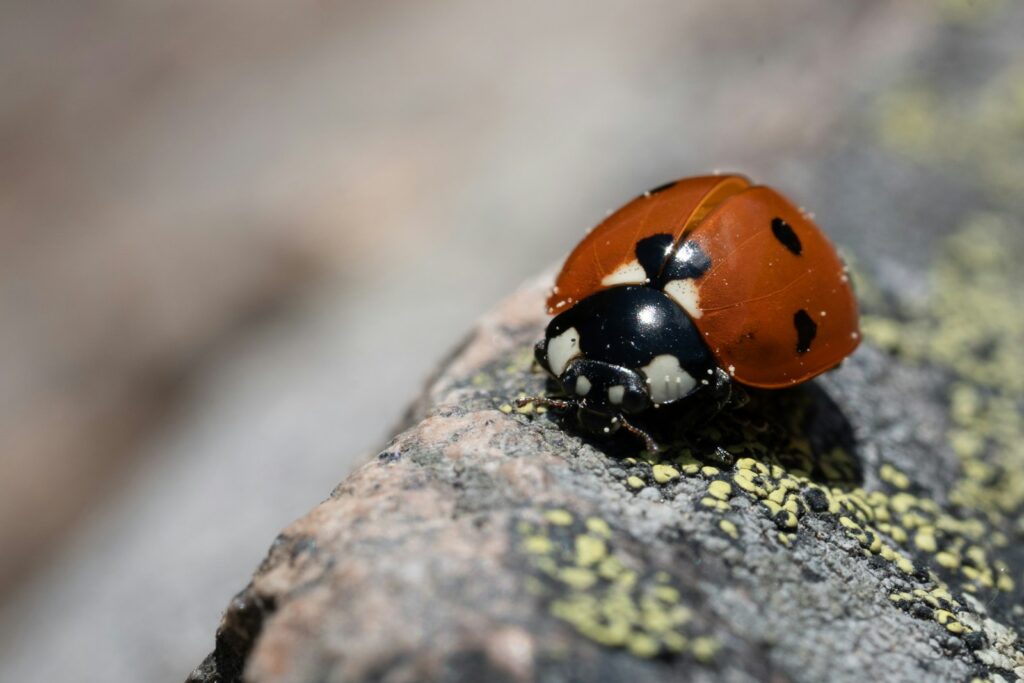
The environment where handling occurs significantly impacts beetle stress levels and safety. Always handle beetles over a soft surface like a towel or cushion to minimize injury risk from potential falls, as even short drops can damage delicate appendages or exoskeletons. Choose a location with appropriate temperature and humidity similar to the beetle’s enclosure to prevent environmental shock during handling. Avoid brightly lit areas or direct sunlight which can cause disorientation or overheating, opting instead for diffuse, moderate lighting. Keep other pets completely away from the handling area, as their presence, sounds, or scents can induce extreme stress in beetles that recognize potential predator cues.
Acclimation Through Routine

Beetles, despite their seemingly simple nervous systems, can become somewhat habituated to routine handling when approached consistently. Establishing regular, predictable patterns helps minimize stress responses over time as the beetle learns that the handling experience is temporary and non-threatening. Begin acclimation by simply placing your hand in the enclosure without attempting handling, allowing the beetle to investigate your scent and presence on its own terms. Gradually progress to brief, gentle handling sessions at similar times of day, ideally when the beetle is naturally active. This systematic desensitization can be particularly effective with captive-bred specimens that have never learned to associate human contact with danger.
Post-Handling Recovery Period
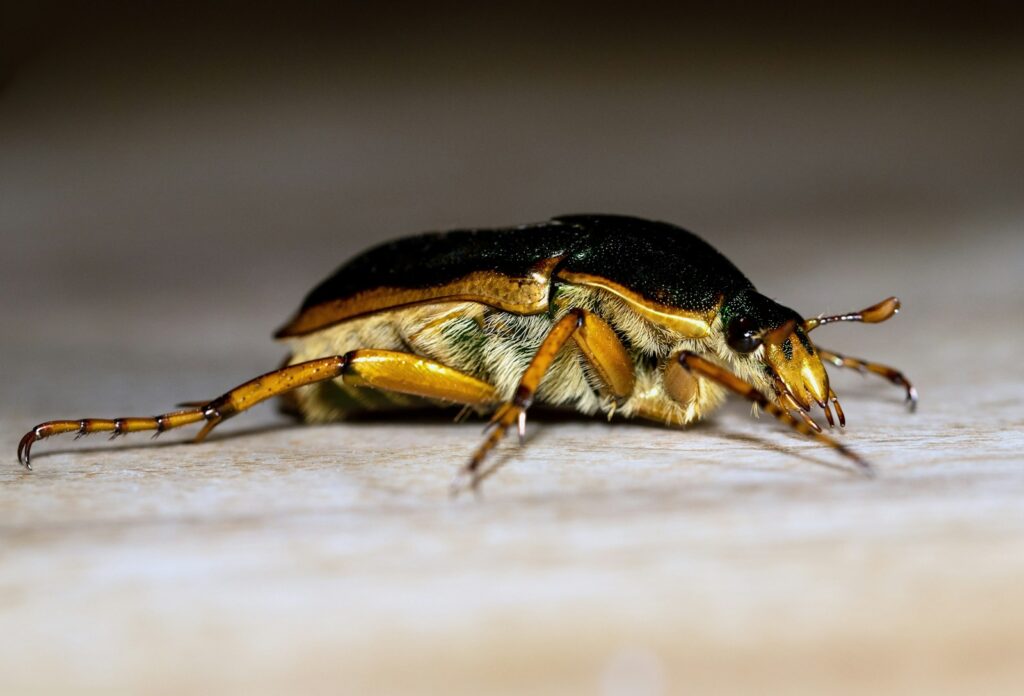
After handling sessions, beetles benefit significantly from a dedicated recovery period where they can reestablish their sense of security. Return beetles to their enclosure gently, ideally near a favorite hiding spot or food source that provides immediate comfort. Resist the urge to immediately rearrange habitat items or perform maintenance tasks, as these additional disruptions compound handling stress. Some keepers provide small food treats following handling, creating positive associations with the experience through food reinforcement. Monitor the beetle closely for several hours after handling to ensure it returns to normal behavior patterns, particularly feeding and movement, which are reliable indicators of stress recovery.
When to Avoid Handling Completely
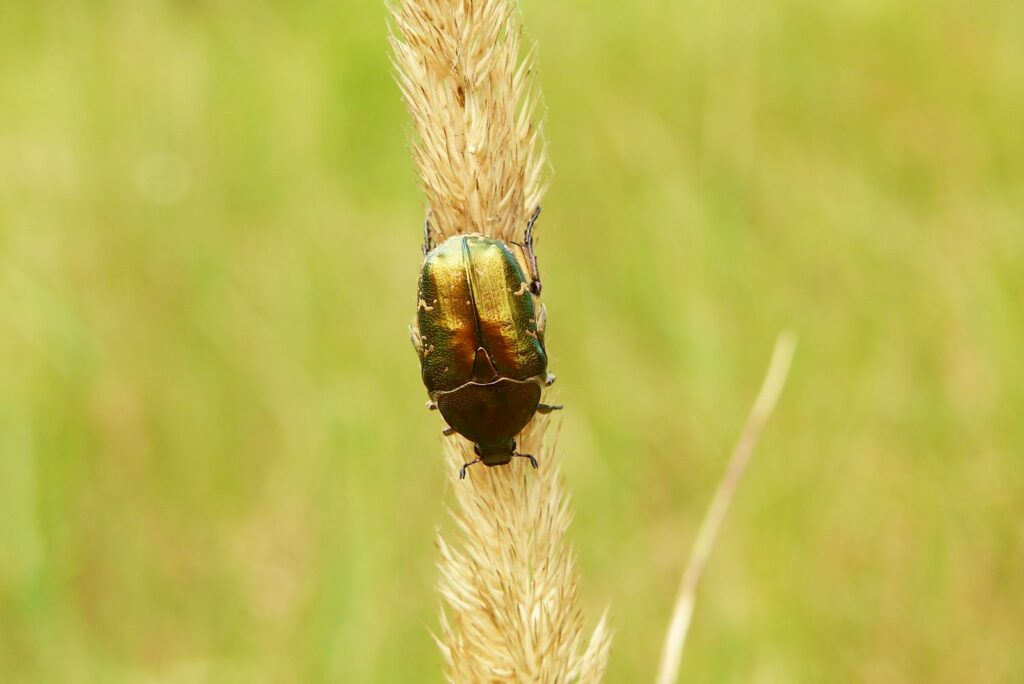
Certain situations warrant temporarily suspending all handling activities to prioritize beetle welfare. Recently acquired specimens should undergo a quarantine and adjustment period of at least two weeks before any handling attempts, allowing them to establish territory and reduce transport-related stress. Beetles undergoing molting, particularly larvae transforming into pupae or pupae developing into adults, should never be handled as physical contact during these vulnerable phases can cause permanent deformities. Actively breeding beetles, especially females preparing to lay eggs, require minimal disturbance to complete reproductive behaviors successfully. During periods of illness or unusual behavior, handling should be suspended entirely except for necessary medical interventions, as the additional stress could potentially exacerbate health issues.
Training Children and New Handlers

Introducing children or inexperienced adults to beetle handling requires dedicated preparation to ensure positive experiences for both humans and beetles. Begin by establishing clear rules emphasizing gentle movements, quiet voices, and the importance of the beetle’s welfare over human entertainment. Demonstrate proper techniques several times before allowing new handlers to attempt contact, emphasizing that beetles are living creatures deserving respect rather than toys. Supervise all initial handling sessions closely, being prepared to intervene if stress signals appear or handling techniques become inappropriate. Consider starting novice handlers with larger, more docile species that can better tolerate minor handling errors while still providing an educational experience about arthropod care.
Conclusion

Properly handling pet beetles represents a balancing act between human curiosity and invertebrate wellbeing. By implementing these stress-reduction techniques consistently, beetle keepers can develop respectful relationships with their unique pets while minimizing negative impacts on their natural behaviors and health. Remember that for beetles, less handling is generally better—the most meaningful connections often come through patient observation rather than direct contact. With proper care and handling practices, these extraordinary invertebrates can thrive in captivity, revealing fascinating behaviors that have evolved over millions of years and continuing to surprise even the most experienced keepers with their remarkable adaptations.

